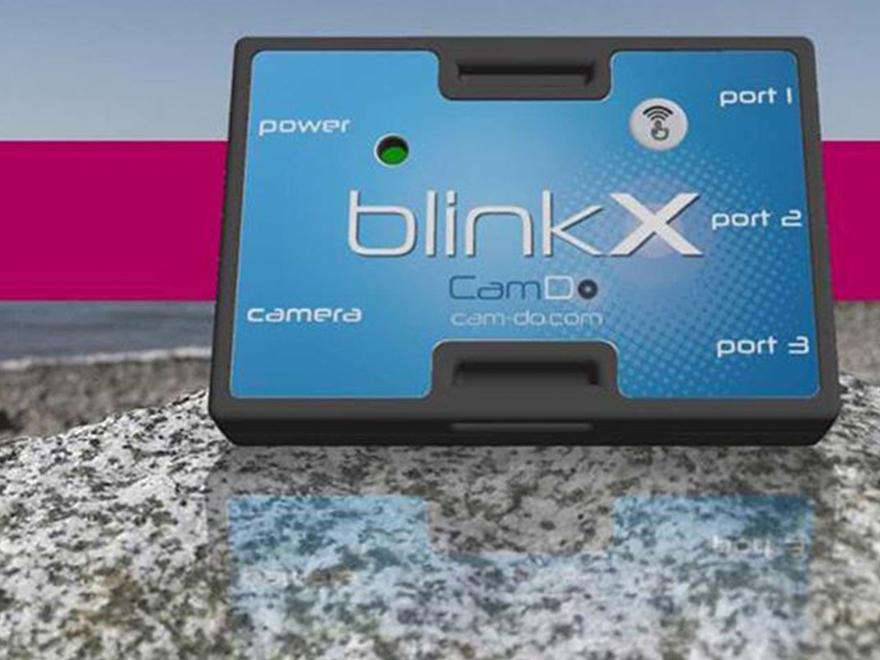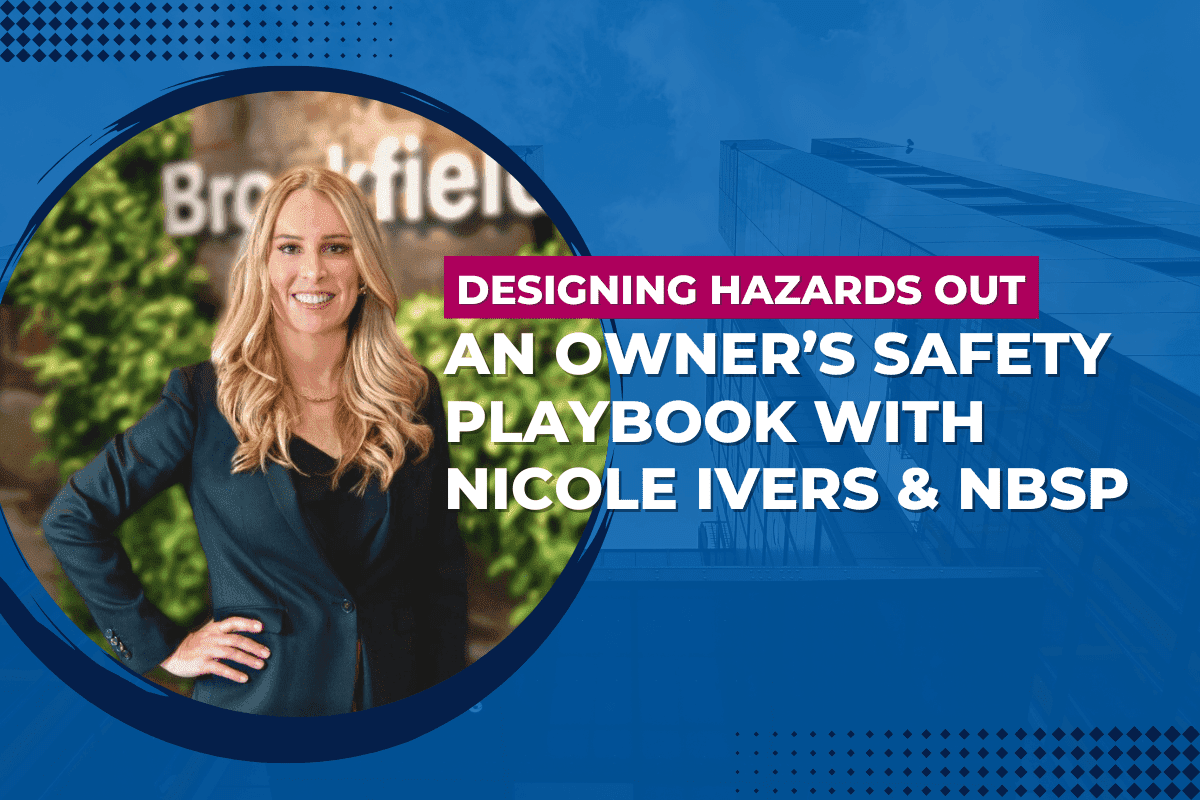A sound power strategy and reliable power supply are crucial for a successful long term time lapse projects. Permanent power is often unavailable, so solar power accompanied with a battery storage system is a great alternative. But it’s not without its pitfalls. Just as permanent power can go out, charging from the solar panel can be non-existent for extended periods of time due to inclement weather or even a bird fouling the solar panel.
Typically, inclement weather brings with it cold temperatures. So how is the installation performance affected by temperature? And why do my batteries always turn off and how does this relate to “Always On” mode?
Why do my batteries automatically turn off and what is Always On Mode?
Let’s start with the easy one.
Modern Lithium Ion (Li-Ion) batteries are super popular as they are relatively cheap and have fantastic energy density, unlike heavy lead-acid car batteries. Li-Ion batteries have sophisticated charging and output circuits to ensure safe and optimal charging/discharging.
The output circuit, however uses a small amount of energy 24/7. So, in the interests of low power, most external battery packs detect when there is nothing connected and turn off.
“But there is something connected!” I hear you say.
Well yes, but if you are using something like the CamDo BlinkX time-lapse controller, it is a very low power device and draws less power than what the battery power detection circuit can pick up.
Most batteries need around 50mA to remain active, whereas BlinkX uses an order of magnitude less than that when in standby. So what to do?
Enter “Always-On” mode.
CamDo batteries have an “Always-On” mode that basically disables the automatic turn off functionality. By keeping the output circuit active, you will always have power available. Yes, it uses a little more power but it is minor and is a necessary evil to keep your project up and running.
Often, this feature is not even mentioned in the battery description, and only discovered when you find the camera's internal battery is dead, even though the high powered battery is still fully charged. Be careful!
If you are using a CamDo battery, make sure to follow the instructions in our support section.
For a solar powered time lapse system, the main components when using CamDo equipment are as follows:
- GoPro camera (HERO4 Black, HERO4 Silver, HERO3+Black, or HERO3+Silver)
- CamDo BlinkX
- Weatherproof Outdoor Enclosure with 6W or 9W solar panel
- Li-Ion battery (15Wh, 44Wh or a combination of the two)
Let's address each of these in turn.
GoPro camera operating temperature range
According to GoPro, the HERO4 camera has an upper operating temperature of125°F / 51°C. If it gets too hot, the camera will automatically shutdown with an error message to avoid damage.
At the lower operating end, GoPro doesn’t provide any temperature figures.
But we can infer a lower limit from the Ambarella A9 chip on which the HERO4 is based, which has a lower operating temperature of 0°C /32°F. The camera generates heat when it is on, so once you get going it will most likely be fine - the issue is more when it has been sitting in the cold of a period of time and it is asked to wake up. E.g. for a long term time lapse. Of course, you see plenty of people skiing in very cold environments running a GoPro. Plenty of forums report successful usage at -10°C /14°F.
Wehave clients who have successfully used the cameras at sub-zero degrees celsius temperatures with no issues, but it’s not something we can support as GoPro themselves don’t provide an exact operating range and Ambarella state a lower limit of 0°C /32°F.
CamDo BlinkX Operating Temperature Range (°C)The CamDo BlinkX controller uses componentry that operates in a wider temperature band than the camera.
- Minimum: -25°C / -13°F
- Maximum: 70°C / 158°F
Battery and Solar Panel Operating Temperature Ranges
Batteries are electrochemical devices which convert chemical energy into electrical energy or (vice versa when being charged) via chemical reactions between a set of active chemicals. Temperature and voltage are key drivers affecting the speed of these chemical reactions, so operating and storage temperatures are important considerations.
What temperature should I store my battery?
TheArrhenius equation shows that the rate of the chemical reaction increases exponentially as temperature rises.
This means that (approximately) for every 10°C / 50°F increase in temperature the reaction rate doubles. So an hour at 35°C / 95°F is equivalent in battery life to two hours at 25°C; therefore store your batteries in a cool location (less than 20°C / 68°F preferably) to ensure longevity when not being used.
What happens to battery capacity when the temperature drops/increases?
The capacity of the batteries will similarly drop. It is actually very complicated and depends on many factors including charging temperatures and discharge temperatures. At 0°C / 32°F, a temporary 30% reduction in battery capacity is possible. This gets worse as temperature drops.
The hotter the battery, the faster chemical reactions will occur. High temperatures can thus provide increased performance in the discharge, but also result in a corresponding shortening in overall battery lifetime.
In contrast, the performance of the solar panel actually increases in cold weather. For every degree below 25°C / 77°F, rated output goes up by about 0.5%. Power production of the solar panel decreases by 0.5% for every degree over 25°C / 77°F.
What happens to charging performance when the temperature drops/increases?
Official range is 0°C - 45°C / 32°F - 113°F for charging Li-Ion batteries - outside of this range and the cycle life will be affected in some way. As noted above the cell capacity can be effected at the lower range by significant percentages. the extremes ie around 0°C / 32°F and lower.
How long do batteries take to recover to capacity when temperature returns to normal operating range?
Close to instant. Simply placing a battery in your pocket when shooting outside is one way to bring the temperature back up to combat the cold and improve battery performance. If you are intending to shoot for extended periods in a cold environment you should consider an insulated box and potentially a heating device.
What is the operating temperature range within which capacity is nominally nameplate?
Again it is complicated and depends on the age of the battery, charge and discharge temperatures, etc. But as a rule of thumb, between 15°C / 59°F and 30°C /86°F you will get approximately nameplate performance.
Cell Ageing
Li-Ion batteries degrade in a linear fashion over time, which means they don’t have a sudden drop-off. End of life is considered to have been reached when it degrades to 80% of its original nameplate capacity. Typically this in the order of 1000 cycles (1 cycle = full charge and discharge). The battery can still be used, it will just be at a reduced capacity.
Degrees Celsius vs Degrees Fahrenheit
As a reminder, the conversion of Fahrenheit to Celsius and vice-versa is as follows. Of course, there are plenty of calculators available from afriendly Google search.
°F = °C x 9/5 + 32
°C = (°F - 32) x 5/9



